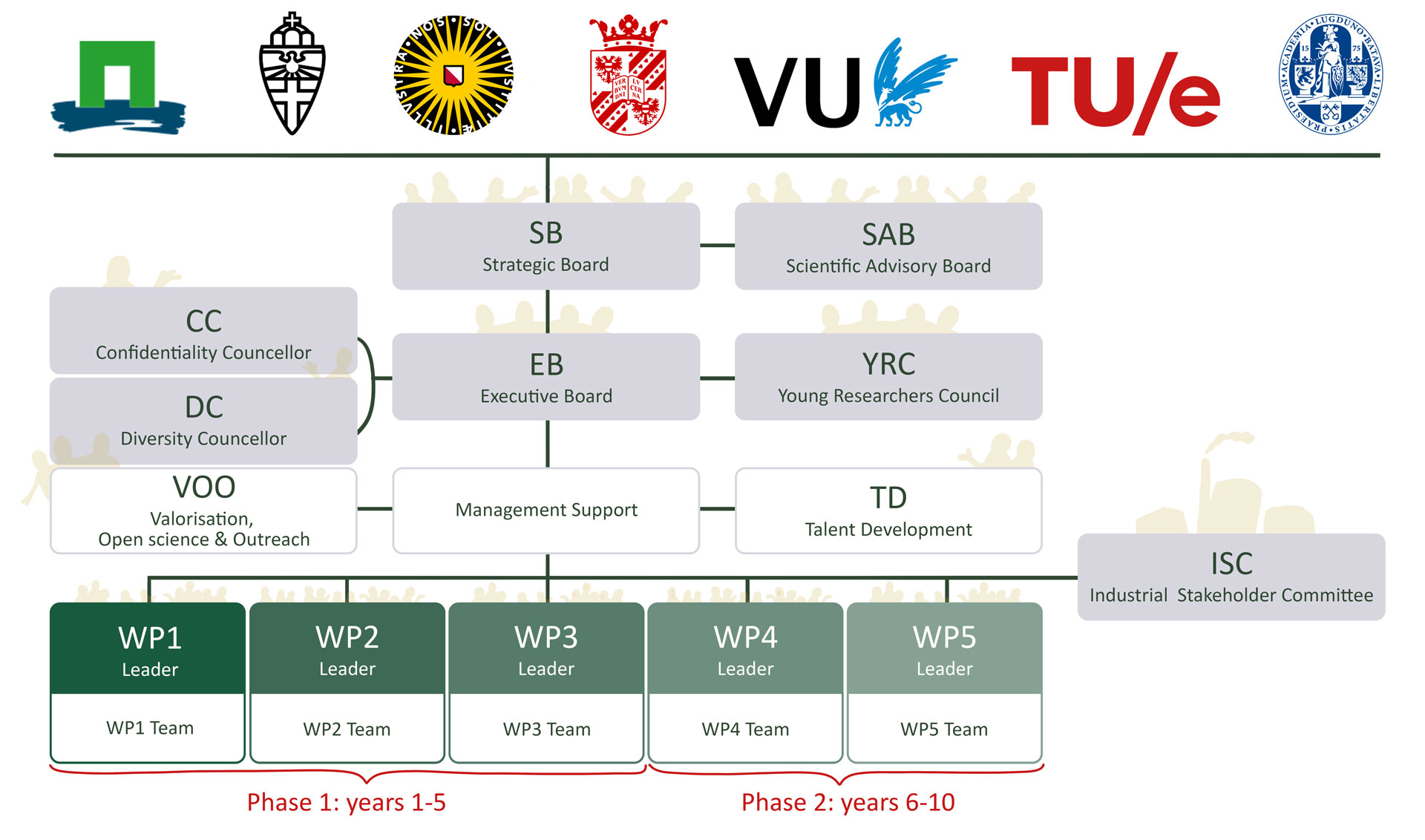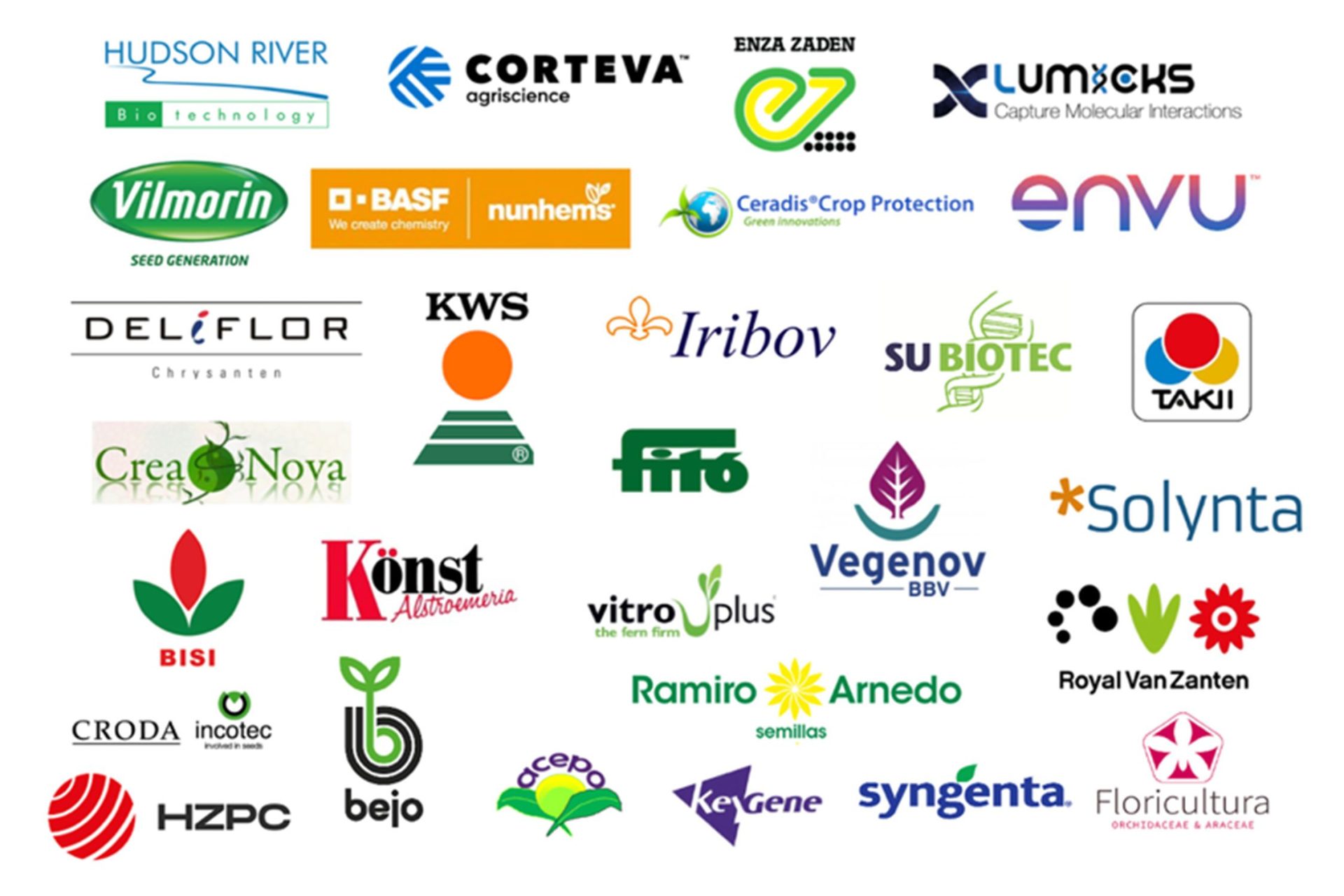About GreenTE
Green Mechanobiology is positioned at the interface of classical disciplines: biology, mechanics, physics and chemistry. A central aim in mechanobiology is not to view the physical and mechanical aspects of plant life as separate from the complex biological reality, but as an intrinsic and deeply intertwined part of the whole. The field of Green Mechanobiology aims to integrate concepts from physics and mechanics into a biological viewpoint on the processes of life for a systems level understanding.
A foundational basis of our GreenTE project is our shared conviction that to understand how mechanics couples to biological programs in the life of plant cells and tissues, and to learn how such knowledge can be leveraged to gain engineering control over plant development or resilience, we need to bring together a broad range of expertise. We not only believe that an inherently multidisciplinary problem requires a truly interdisciplinary team, but are also convinced that it is essential to train a new generation of young researchers to integrate concepts from these disparate fields in their intuitive scientific thinking, which can only be effectively achieved by embedding their training in a collaborative community that transcends traditional disciplinary boundaries. Thus, the GreenTE consortium strives to advance the field of plant mechanobiology both by pushing the frontiers of our scientific knowledge and by fostering a new generation of researchers that is equipped to better approach complex problems using a multidisciplinary approach.
The GreenTE community will build strong links to adjacent international fields of plant biomechanics and (animal and microbial) mechanobiology. We will link our efforts to those of other international initiatives, in part through our Scientific Advisory Board members, by organizing international conferences, by enabling exchange in the form of scientific visits by GreenTE researchers to other institutes (such as the NSF Center for Engineering MechanoBiology (CEMB)) and by offering support to international scientists to visit and work in GreenTE labs. We will provide a rich playing field for translational science through the inclusion of an Industrial Stakeholders Committee, comprising both small to medium and large enterprises, that will support and help identify novel applications of our fundamental research.
Consortium organizational structure

Executive Board (EB) – The EB will consist of the two project leaders, Dolf Weijers and Joris Sprakel, acting as co-chairs, and three members, which in the first years of the project will be Marleen Kamperman, Ilja Voets and Gijs Wuite. The composition of the EB will evolve during the lifetime of the project to represent multiple partner institutions, with its members rotating every three years.
Scientific Advisory Board (SAB) – The SAB is composed of international leading scientists in fields relevant to GreenTE, which are all strictly independent of the program:
- Prof. Anja Geitmann, dean Agricultural and Environmental Sciences, McGill University (CA): plant mechanobiology
- Prof. Olivier Hamant, director of research, RDP Institute, ENS Lyon (FR): plant mechanobiology and development
- Prof. Dirk Inzé, scientific director VIB, Ghent University (Belgium): plant biotechnology
- Prof. Alfonso Martinez Arias, professor Universitat Pompeu Fabra, Barcelona (Spain): human tissue engineering
- Prof. Keiko Sugimoto, head Cell Function Research Team, RIKEN (Japan): plant tissue culture
- Prof. Nicolas Talbot, executive director, the Sainsbury Laboratory Norwich (UK): phytopathology
- Prof. Sara Wickström, director, MPI for Molecular Biomedicine, Münster (Germany): animal mechanobiology
- Prof. Hub Zwart, dean Erasmus School of Philosophy, Rotterdam (Netherlands): ethics of life sciences
Industrial Stakeholders Committee (ISC) – The ISC will be composed of a broad spectrum of stakeholders and knowledge utilization partners:

